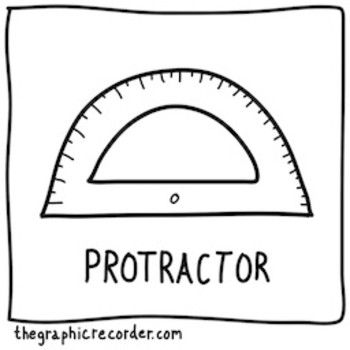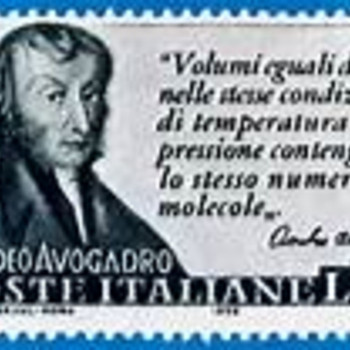All the salts below will be neutral to litmus paper when dissolved in water except? A. CuCl2 B. NaCl C. KCl D. Na2So4
2 Answers
A-
Explanation:
Copper ions
Hydrolysis alters the
"Cu"^(2+) is the conjugatecolor(red)(ul(color(black)("acid"))) of thecolor(blue)(ul(color(black)("base"))) "Cu(OH)"^(-) , a weak base. Thus it undergoes hydrolysis.- As the hydroxide of potassium, an alkali metal,
"KOH" (the conjugate of"K"^(+) ) is a strong base. So is the case for"Na"^(+) . "Cl"^(-) is the conjugatecolor(blue)(ul(color(black)("base"))) of the strongcolor(red)(ul(color(black)("acid"))) "HCl" . It doesn't undergo hydrolysis.
Solutions of
Explanation:
We could write the acid base reaction of the aquated copper(II) ion..
And so we work from a solultion that is formally
And so


